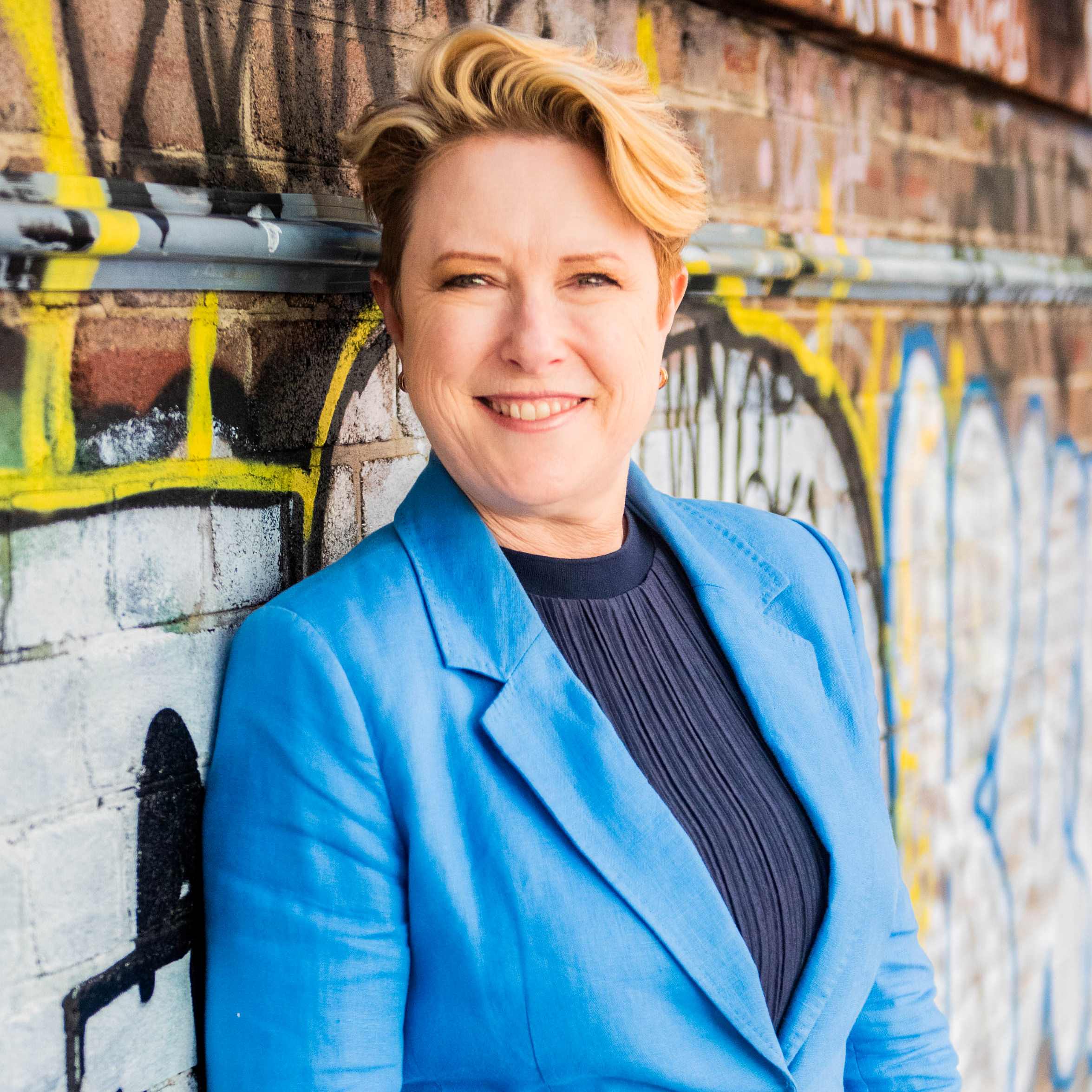Episode 4 Summary – Can't Afford to Buy Where You Want to Live? Here Are Your Options
Buying your first home can be a daunting challenge—especially if your dream suburb is financially out of reach. In Episode 4 of the "Your First Home Buyer Guide" podcast, Buyer's Agents Veronica Morgan and Meighan Wells explore practical and strategic alternatives that can help you get into the property market without compromising your long-term goals.
With almost 50 years of combined industry experience, Veronica and Meighan break down rentvesting, guarantor loans, and co-ownership in warm, down-to-earth language. Whether you're overwhelmed by price tags or navigating family expectations, this episode arms you with actionable insights to make smarter choices.
1. The Reality Check: Compromise Is Part of the Process
No matter your budget—be it $400,000 or $4 million—compromise is inevitable when buying property. You may not be able to afford to buy in your ideal suburb right now, but that doesn't mean you're locked out of the market forever. Understanding that trade-offs are a part of the journey helps first home buyers shift from feeling stuck to being strategic.
2. What Is Rentvesting and When Does It Make Sense?
Rentvesting is when you rent a home in the location you want to live (often unaffordable to buy in) and purchase an investment-grade property elsewhere. This approach can give you the lifestyle you want now while still helping you build wealth. However, the key to success lies in selecting an investment-grade property—not just any property.
3. The Pros and Cons of Rentvesting
Rentvesting offers flexibility and tax deductibility on holding costs, which appeals to many first-time investors. However, it lacks permanency—you could be forced to move when a lease ends. Plus, the tax benefits come with strings attached, like potential capital gains tax when you sell. This strategy requires careful tax planning and, ideally, a knowledgeable accountant who understands property investment—not just depreciation schedules.
4. The Risks of Buying Brand New
Governments love pushing new or off-the-plan homes to first home buyers because it's great for the construction industry. But Veronica and Meighan caution that what's good for the economy isn't always good for you. Brand-new properties often come with hidden risks, including overvaluation and lack of capital growth. The long-term consequences can be financially crippling.
5. Planning for Future Homeownership
Some rentvestors plan to live in their investment property later. Others plan to buy a separate home while keeping the investment. Either way, forward planning is crucial. You'll need to ensure you can borrow again down the line and that your initial purchase won't limit your ability to upgrade. Your broker can model future borrowing scenarios to help inform your decision.
6. Rentvesting Is Not a Short-Term Game
Trying to use quick capital gains to springboard into a home of your own is risky. Markets are unpredictable, and if you buy a subpar investment, you might be stuck or even lose money. Rentvesting only works well when approached with a long-term mindset, strong financial modelling, and strategic property selection.
7. Should You Buy Your Future Home Now?
Some buyers think ahead and buy their "forever" home now—even if they don't plan to live there for years. But Veronica and Meighan warn this strategy is flawed. Life circumstances change—career moves, relationships, children—and your idea of the "perfect home" today might not suit your future needs. Buying too early can backfire.
8. Using a Guarantor: A Powerful (But Risky) Option
Another way to enter the market sooner is with the help of a parental guarantor. This allows buyers with smaller deposits to avoid paying Lenders Mortgage Insurance (LMI), saving thousands. However, it's not without risk. Family dynamics, financial pressure, and future borrowing needs of the guarantor can complicate things. It's essential to have legal advice and clear agreements in place.
9. Co-Ownership: Pooling Resources Without Being a Couple
Can't afford a good property on your own? Co-ownership with a sibling, friend, or colleague could allow you to buy a better-quality asset. But communication is key. Meighan shares her own story of co-buying with her brother and highlights the importance of working through every "what if" scenario in advance—from job relocations to death. Getting a solid legal agreement and aligned financial planning is non-negotiable.
10. The Legal and Financial Must-Knows of Co-Ownership
Co-ownership agreements must consider ownership percentages, cost sharing, exit strategies, and how each party's share is handled in case of death. Importantly, banks assess 100% of loan liabilities for both co-owners—something many people don't anticipate. You must factor in how co-ownership affects your borrowing power for future property purchases.
Final Thoughts: Know Your Strategy Before You Buy
If you're priced out of your dream suburb, don't give up. This episode shows that with careful planning and the right support team—broker, accountant, and possibly a buyer's agent—there are multiple ways to enter the market without sacrificing your future. Whether you rentvest, buy with a guarantor, or co-own, the key is to understand the implications before you sign a contract.
Veronica and Meighan don't just offer theory—they draw on real-life examples and decades of experience to help you navigate complex decisions with confidence. This episode is a must-listen for any first home buyer feeling stuck between affordability and aspiration.
👉 Ready to get started? Check out THE First Home Buyer Course.




